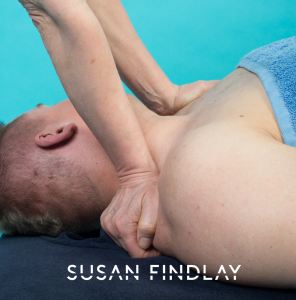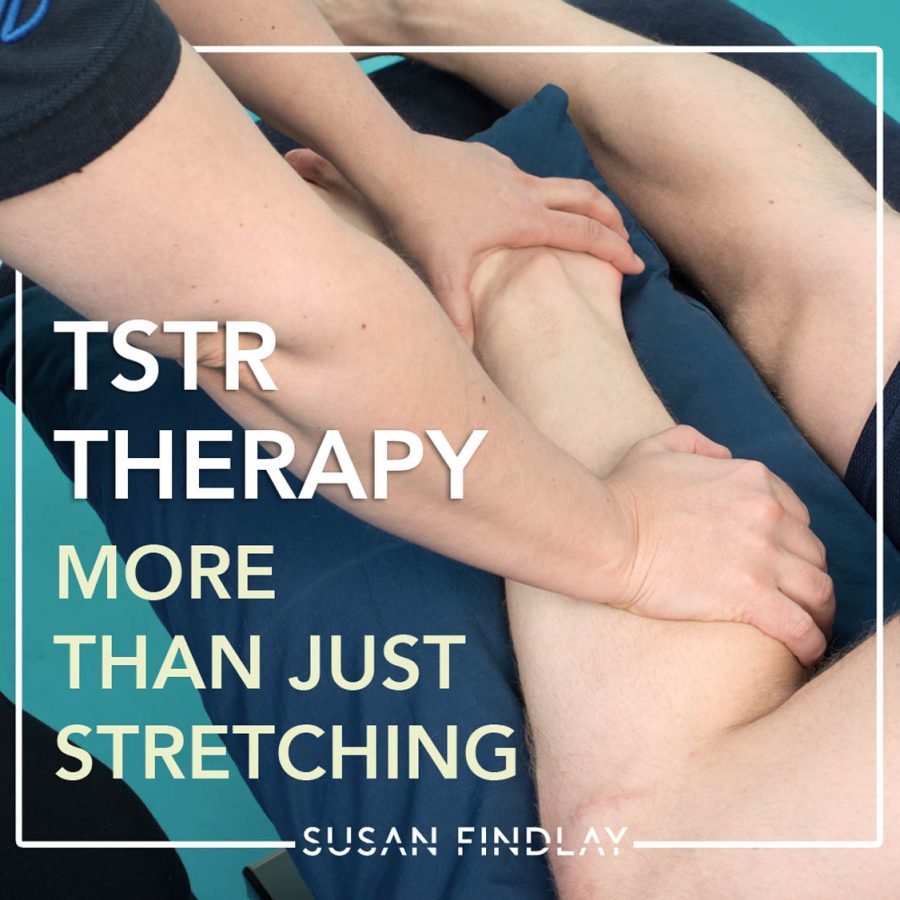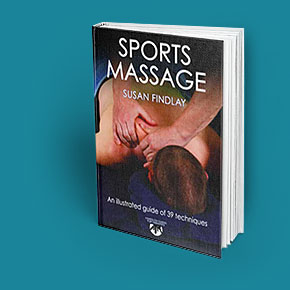A Brief History:
The soft tissues of the body refer to muscles, tendons, ligaments and fascia. Whilst Transverse Soft Tissue Release (TSTR) is often linked to remedial massage, it is not exclusively used for this and is often used in conjunction with several other methods of movement or connective tissue therapy. TSTR is extremely versatile and able to be tailored to suit any client. It is often chosen because of its’ versatility and its ability to get quick and highly effective results.
There are a number of sources that claim it has its origins in their country, this in itself is testament to its far reaching and diverse use worldwide. One of the most commonly accepted points of origin dates back to the 1990’s when Stuart Taw was working with the British Athletic Team as a Sports Rehabilitation Therapist. According to some, he developed it then from the principles he observed in Swedish Osteopathy techniques. He took some of the methods used and modified them to create a fast acting and dynamic approach to treatment. The method has other names such as “pin and stretch” in Australia, or “anchor and stretch” in the USA. This makes defining the exact origin of the method harder. However, regardless of the name used, or the country it is used in, the method generally adopts the same approach. Its widespread use also indicates its merits and ability to be used on people from all walks of life.
Aims and Objectives of Transverse STR Therapy:
A common misconception with Tranverse STR is viewing it as merely a stretching procedure when in fact, it is significantly more complex than this. The primary objective of TSTR is to evoke a return of connective tissue memory by engaging the nervous system. This, through precise treatment and expertise, aims to reset the affected tissue and return it to its’ original resting length. This can help to prevent nerve compression and referred pain patterns, as well as restoring normal function. It can also be implemented when dealing with acute & chronic injuries, in this context it is used to stop the pain from centralising which causes the tissue to become de-conditioned.
 Comparing TSTR to Friction:
Comparing TSTR to Friction:
In its primary format, the classical form of Soft Tissue Release involved putting precise pressure on a specific area of soft tissue, creating a lock from origin to insertion, while smoothly and harmoniously applying a stretch. Transverse STR has a similar approach but works transversely across the fibers instead of ‘longitudinally’ thereby eliminating the need to work from origin to insertion.
TSTR has been compared to friction, while both techniques have the same goal which is to achieve a change in the tissue by working on areas that are compressed, or have adhesive qualities, friction is a more specific technique, with the intention of ‘breaking down adhesive scar like tissue.’ Friction works transversely, longitudinally or in a circular fashion directly on the area or at its edges, while STR uses a “lock” (direct and stationary pressure) into the tissue, above or below the targeted area and then the corresponding limb is moved to achieve a stretch, or to reset the “memory button” and restore muscle function.
Some Common Approaches:
A common approach in the application of STR in the UK is to lock onto the appropriate area of soft tissue which you want to release from fascial restrictions (stretch). Place the heel of the hand, thumb or elbow longitudinally along the muscle fibres; in doing this you will create a new origin for the muscle, enabling a shortening of the muscle length. From here, you will then move the clients limb either passively, actively away from the new origin. The idea of this movement is that you separate the tissue, allowing the fibres to either realign or to regenerate length.
As with other techniques, further insight and shared knowledge have allowed for many advantageous adaptations of the method. What started off as a painful, yet effective technique, has now become more sensitive to the nociceptive pain caused from irritated, free nerve endings and has evolved into a more compassionate, gentler approach. Other notable changes have been both to the speed and the number of repetitions. These may be slowed down, sped up depending on the most effective course of treatment for the client in question. In comparison the versatility of Transverse STR lies in the ability of the therapist to change the direction of application and movement which can then be adapted to accommodate the area worked on. Normally the technique is taught by applying the “lock” in the direction of the muscle fibres longitudinally, the addition of a transverse movement has also been shown to be very effective and allows more flexibility in its application.
The therapist’s posture is equally important in STR therapy. Correct body weight distribution and positioning is vital for the technique to have the effective depth and quality. If the application of the lock is not commanded by the trunk and legs, the technique can feel pokey and uncontrolled. This is why effective training, education and full understanding of the method and how to employ it are of utmost importance.
Due to the nature of massage, with the use of oils and lotions, the skin can lose the necessary traction needed for the technique to be effective; therefore therapists using Transverse STR often work through a towel to ensure a better grip of the relevant tissue. The ability to work through towels or clothing allows it to be used in situations where dry techniques are more suitable, such as event work and in public spaces where privacy is not imperative but the effectiveness of the method can still be demonstrated with ease. I quite often integrate into my more general massage skills, using the towel not only allows me to have a better grip and interaction with the tissue but it adds variety, it is a great way to start off warming up the tissue and equally an effective method to finish the work as a form of relaxation with a calming approach.
 How painful should it be?
How painful should it be?
Historically, therapists and have believed that this technique needs to be painful in order to be effective. This is a common misconception and professional physical treatment should never leave you feeling as though you’ve been tortured. Potentially you may have a few side effects, but mostly they are positive such as feeling freer, looser, but soreness should not be one of those symptoms. There is an old belief that in order to get results there must be an element of pain, the old adage “no pain, no gain”, is outdated and untrue. Attempting gains with pain can actually slow down the healing process as it can trigger a protective mechanism within the tissue to resist and protect. Understanding your client’s pain threshold is thus extremely important. Therefore maintaining a good and clear dialogue with your client is vital, so you understand their own perception of the pain they are feeling. It is better to do less and gauge the effectiveness of the work done over a longer period of time, than trying to do too much too soon. Tissue needs time to adjust, respond and repair.
Conditions that respond well to Transverse STR therapy:
Transverse STR is extremely effective when treating scar tissue, plantar fasciitis, repetitive strain injuries, back pain, sciatica, tennis elbow, frozen shoulder, or thoracic outlet syndrome, among many more. This is by no means a comprehensive list, simply showing you the scope there is for using Transverse STR.
An example of using TSTR therapy with one of these conditions would be when you have a client with lower back pain or hip pain that radiates numbness down the IT band caused directly from compressed nerves in the piriformis and gluteus minimus, you can apply the technique using a side lying position to the area which allows you to achieve a more relaxed connection with the tissue, using a transverse movement, to make a change, to soften the tissue an release the tension. This technique is simple, efficient and safe, and effectively diminish the discomfort felt in the area, thus allowing the client to move better which has its own rehabilitative connotations associated with it.
TSTR is effective for many conditions and can be used almost exclusively in any treatment session, however to enhance its effectiveness, it is best combined with other massage techniques, such as effleurage and petrissage. The Transverse STR method is as dynamic as it is versatile and is a technique that should be well established in every remedial massage therapists repertoire.
So to answer the question, is TSTR a stretching technique? Currently our definition of what stretch is, is a little bit outdated, we usually tell our clients the technique will increase the length of the tissue, making it longer, it’s the concept we use to explain what is happening, hence, if we are to look at it from a clients perspective, will TSTR give them more movement, flexibility, help with mobility and assist in diminishing discomfort,? In most cases the answer is yes. Our clients understand the word stretch, so we use that word to communicate a concept, but in reality TSTR helps to improve the function of the connective tissue and return it to its innate length rather than lengthening the muscle tissue.
If you’re interested in learning more about TSTR, you can join me on my online and practical workshop.

